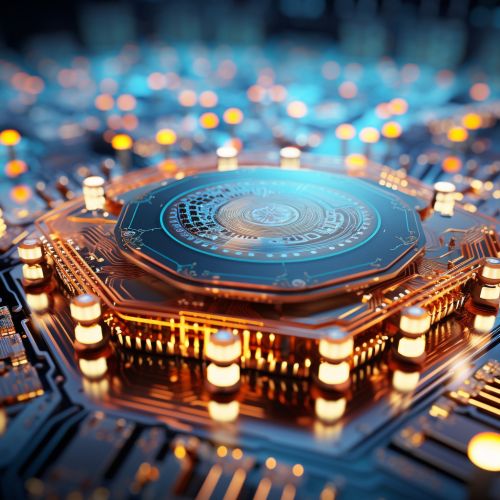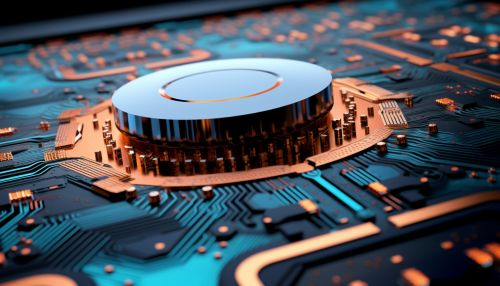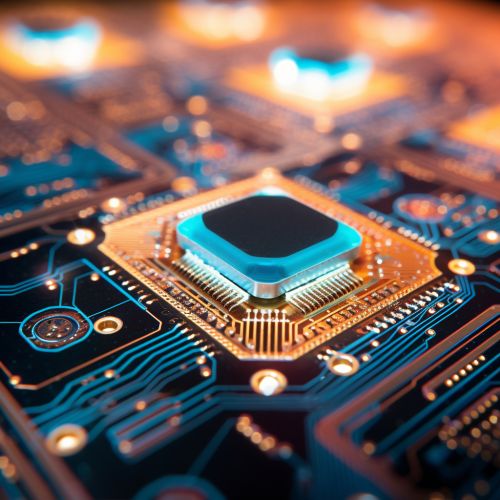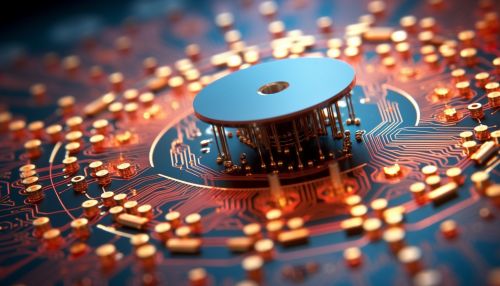Advances in Nanoscale Electronic Devices and Circuits
Introduction
Nanoscale electronic devices and circuits represent a significant advancement in the field of electronics and nanotechnology. These devices, often no larger than a few nanometers, have the potential to revolutionize a wide range of industries, from computing to medicine. The development of nanoscale electronic devices and circuits is a complex and rapidly evolving field, involving the integration of various scientific disciplines such as physics, chemistry, materials science, and engineering.
Nanoscale Electronic Devices
Nanoscale electronic devices are typically characterized by their size, which is often on the order of nanometers (one billionth of a meter). These devices are so small that they often operate on the quantum mechanical level, which introduces a host of new phenomena that are not observed in larger-scale devices. This section will explore some of the most common types of nanoscale electronic devices, including nanotransistors, nanodiodes, and quantum dots.


Nanotransistors
Nanotransistors are a type of transistor, a key component in many electronic devices, that has been scaled down to the nanometer level. These devices are often made from materials such as silicon, germanium, or gallium arsenide, and they operate on the same basic principles as their larger counterparts. However, due to their small size, nanotransistors often exhibit quantum mechanical effects, such as quantum tunneling, which can significantly affect their performance.
Nanodiodes
Nanodiodes are another type of nanoscale electronic device. Like nanotransistors, they are typically made from materials such as silicon or germanium, and they operate on the same basic principles as larger diodes. However, due to their small size, nanodiodes often exhibit unique properties, such as extremely high switching speeds and low power consumption.
Quantum Dots
Quantum dots are a type of nanoscale electronic device that are often used in applications such as quantum computing and medical imaging. These devices are typically made from semiconductor materials, and they are often only a few nanometers in size. Quantum dots have unique properties, such as the ability to emit light of specific wavelengths, which makes them particularly useful in a variety of applications.
Nanoscale Electronic Circuits
Nanoscale electronic circuits are circuits that are composed of nanoscale electronic devices. These circuits can be used to perform a wide range of functions, from basic logic operations to complex computational tasks. This section will explore some of the key aspects of nanoscale electronic circuits, including their design, fabrication, and performance.


Design
The design of nanoscale electronic circuits is a complex task that requires a deep understanding of both electronics and nanotechnology. Designers must take into account a wide range of factors, including the properties of the nanoscale devices that will be used in the circuit, the intended function of the circuit, and the physical constraints imposed by the nanoscale.
Fabrication
The fabrication of nanoscale electronic circuits is a challenging process that often requires the use of advanced techniques such as lithography, electron beam lithography, and atomic layer deposition. These techniques allow for the precise placement and patterning of nanoscale devices, which is crucial for the performance of the resulting circuit.
Performance
The performance of nanoscale electronic circuits is often significantly different from that of larger circuits. Due to their small size, these circuits often exhibit quantum mechanical effects, such as quantum tunneling, which can significantly affect their performance. However, these effects can also be harnessed to create circuits with unique capabilities, such as ultra-high-speed operation or low power consumption.
Future Perspectives
The field of nanoscale electronic devices and circuits is a rapidly evolving one, with new advances being made on a regular basis. As our understanding of nanotechnology continues to grow, it is likely that we will see the development of increasingly sophisticated nanoscale devices and circuits, with a wide range of potential applications. However, there are also significant challenges to be overcome, particularly in the areas of fabrication and performance.
